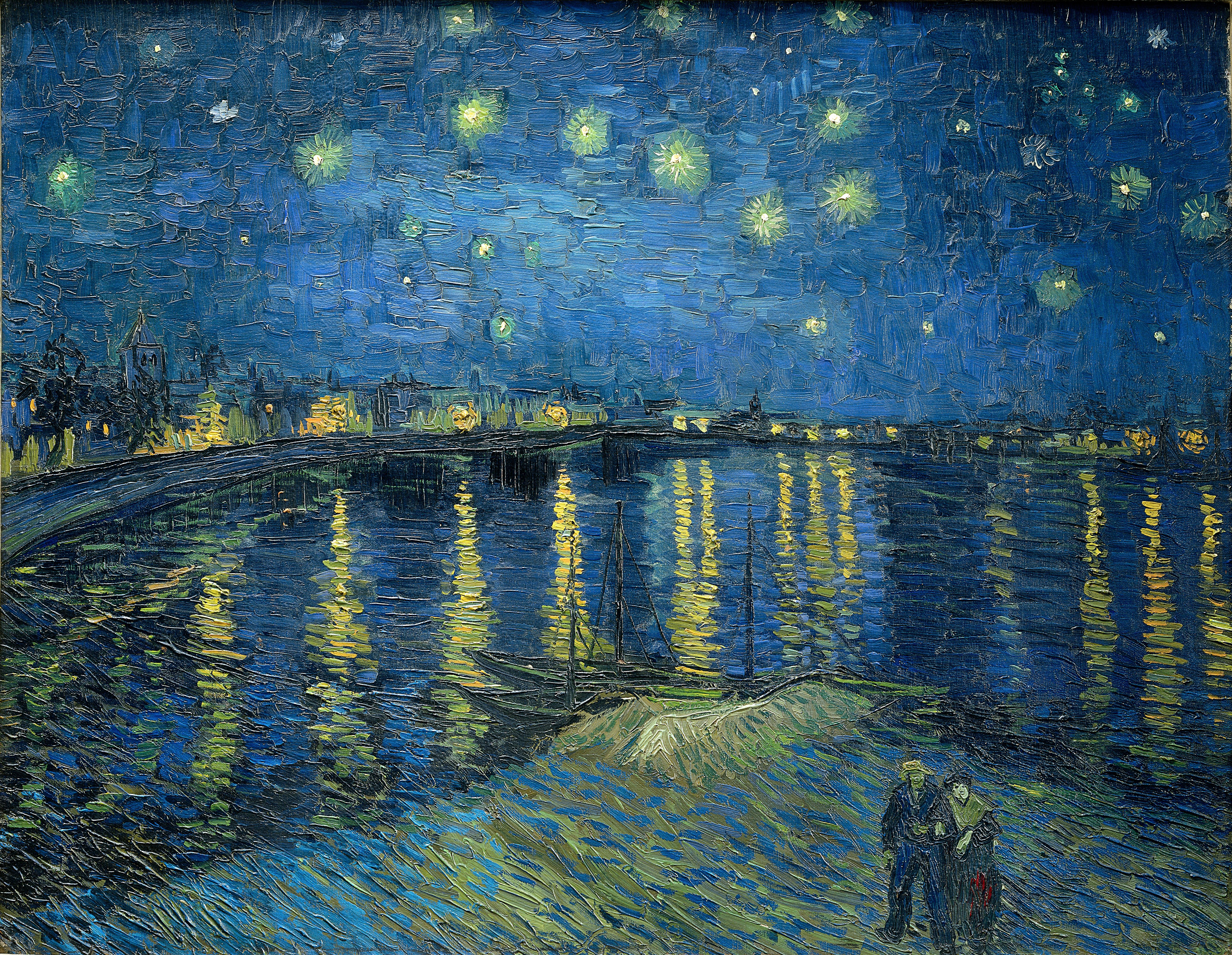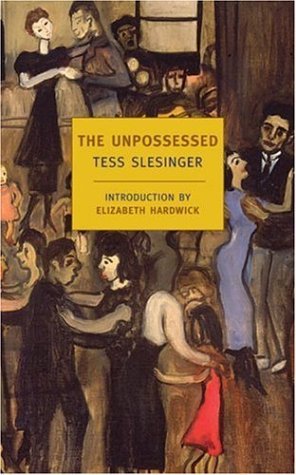Anyway, we basically did cover all the events in this itinerary, though the weather wasn't great on Monday or Tuesday, so we skipped walking around Harlem. We also did make it down to our old neighborhood in Brooklyn (edge of Gravesend and Kings Highway). That definitely looked a bit different than I remembered it.
I'll just put down a few reflections on the trip and perhaps later I can add a post or two that are more picture-heavy.
I thought it was good taking the kids on a bit of a walking tour of Manhattan the first day. We essentially covered Times Square to Washington Square Park.
I was kind of surprised that neither of the kids wanted to see the Vikings exhibit in Times Square, especially since my daughter studied it in school, but perhaps it was precisely for that reason it was just too much like school. Anyway, it isn't like they didn't get plenty of culture in over the trip. As it happens, the Vikings exhibit runs through early September, and I'll certainly consider making a stop on my solo trip to New York this summer, though it isn't at the top of the agenda.
I tried to convince my son to come along to the Metropolitan Museum of Art Saturday evening, but he was quite worn out from all the walking. I actually didn't stay the entire allotted time but I got in about 90 minutes, mostly focusing on the 20th Century wing (and Beckmann's The Beginning was back on view), though I made sure to see the Rembrandts and Vermeers. I also saw the Islamic galleries and made a very short visit to the Temple of Dundar. I think this may be the first time I completely skipped the American wing and the rooms of Asian art. It was a bit strange not having a really big exhibition on view at the Met. My single biggest regret of this visit is that my photos of the Thomas Hart Benton mural didn't turn out that well, and I simply didn't see the Winter 2015 Bulletin that had some great reproductions. There should still be some on sale on my next trip (or they will be on sale somewhere in New York if I just can't make the Met on my next trip).
Sunday was completely taken up with our visit to Brooklyn. It was really great seeing our relatives out there, whom we hadn't seen in 10 years. My wife also managed to see her friend, while I took the kids through the Brooklyn Museum. I was so disappointed with the Brooklyn Museum, as the entire American painting section was closed and 90% of the European paintings.* The Coney Island exhibit was ok, but not earth-shattering. Interestingly, my daughter really liked the museum, since it had full scale rooms with furniture of different periods. Knowing this, I will try to take her to the Met one day and focus on all the period rooms. She would also like the Newark Museum perhaps even more. (I had hoped to make a visit, but since it is closed Mondays and Tuesdays(!), it just wasn't possible to make it work, given our schedule.)
Monday was largely given over to a visit to MoMA, which was fun. I was able to show them some of the most important paintings in the collection: Van Gogh's Starry Night, Picasso's Les Demoiselles d'Avignon, Matisse's The Red Studio and so on. Sadly, Beckmann's Departure was not on view. (On the other hand, James Rosenquist's F-111 was, and that is rarely on view, so I guess it was an ok trade-off.) There was a large Jackson Pollack exhibit, as well as an interesting display on Japanese architecture. I think that was my daughter's favorite part of the museum, though she also was quite interested in these dancers on the steps and on the main floor, doing these really, really slow movements.
I'm already struggling to remember the details, but I think after this, we just walked over to Grand Central Station (it wasn't really nice enough out for another long walking tour).
I dropped the family off and then met an old work colleague. We had dinner and then went to the Jazz Standard to see the Mingus Big Band. They did quite a few great tunes, particularly Nostalgia in Times Square (and Ronnie Cuber who originally orchestrated the piece was on hand to kick it off) and Haitian Fight Song. Those were my two favorites for the night. I will say that the weather was not ideal, and getting rained on for much of the day has meant that I simply have not been able to shake off this cough. I probably do need to step out and see the doctor soon.
Tuesday was spent in the Museum of Natural History and then we went to lower Manhattan and checked out Wall Street and Battery Park City, so that the kids could at least say that they saw the Statue of Liberty. We didn't go into the WTC memorial museum, but we did see the outdoor memorial, which is fairly impressive. I thought it was interesting how the new PATH station feels a bit like going inside a whale. I would have taken more photos of the inside, but frankly I didn't want to possibly get the police on my case for taking photos in a restricted site. Finally, we headed out to a hotel near the Newark Airport, so that we wouldn't be dealing with trying to reverse commute out to the airport on NJ Transit during the morning rush.
Wednesday we flew to Boston and the weather finally improved a bit in Boston, particularly Thurs. and Friday. We saw a saw a fair bit of history trail and took it into North End of Boston. As it happened, we were the last guests to slip into Paul Revere's house. My daughter liked that as well. They did want to throw the tea into the harbor, but unfortunately, we didn't get there in time, and the lines were just too long.
They were tired and crashed at the hotel, and I walked over and checked out the MFA Wednesday evening. I don't think I have a whole lot to add, other than it is a very impressive museum, and I saw a lot of it, but skipped over a fair bit as well. I saved the best for last, going up to the top floor which had the Lawren Harris exhibit, as well as a very nice Stuart Davis painting.
 |
| Lawren Harris, Icebergs, Davis Strait, 1930 @ McMichael Collection |
 |
| Edward Hopper, Drug Store, 1927 |
 |
| Stuart Davis, Hot Still-Scape forSix Colors -- 7th Avenue Style, 1940 |
If I had known everything in advance, I might have cut the Freedom Trail down a bit to allow me to get to and from the MFA in time to go see a free concert just down the street (halfway between MFA and our hotel in fact). They were doing Shostakovich's 5th Symphony and something else I have forgotten. On the other hand, I was really having trouble controlling my cough that evening, so probably on the whole it was just as well I skipped this.
Thurs. we did get out to Cambridge and checked out Harvard and particularly the Fogg Art Museum. I was pleased that they had a few Beckmann paintings on view, particularly The Acrobats. While we hadn't walked all that much on Thurs., the family was still pretty tired, and I went to the Isabella Gardner Museum on my own. It was an ok visit, but definitely it didn't live up to other visits when more of the art was on display and the rooms didn't seem so dim. I wrote a bit about the visit already, so I'll just skip ahead to Friday.
Friday was the last day of the trip, and everyone was getting a bit tired and cranky. Anyway, we packed up and took everything over to the Museum of Science. I think the kids enjoyed it, and they probably learned something as well... The big lightning exhibit was pretty cool. I was not able to get a good shot, but this one from Instagram user kellym7609 is impressive.
And that was that. After the lightning show, we had lunch and managed to track down a cab. We went to the airport and had a pretty uneventful flight home. The kids got to rest up, but I had to go into work and take care of a number of things, including doing most of the packing up of the office. Somewhere along the line, I just need a day or two to do nothing but laze around. Maybe this upcoming weekend. Fingers crossed.
* While there is no question I wasn't going to be satisfied with the closing down of the American collection, I was particularly looking forward to showing the kids one of the massive Stuart Davis paintings to see what they thought. I don't even know if I have any photos of these paintings, since I haven't been back in 10 years and the photo policy may not have been quite as open (though I guess it was mid 90s that most museums started letting visitors take photos).
I like Stuart Davis's Pad No. 4 (also in the Brooklyn Museum), but The Mellow Pad is particularly epic and needs to be seen in person to grasp its scale.
 |
| Stuart Davis, The Mellow Pad, 1945-1951 |
Curiously, the large scale Davis paintings weren't on view at the Met either, though some smaller ones were. I wonder if all of these are undergoing conservation and/or are en route to the Whitney in preparation for the big Stuart Davis show, though that doesn't open until June. Hard to say. I certainly hope to see them at that time, and perhaps the one I posted above from the MFA and potentially the one that the Art Institute of Chicago has. With 100 or so paintings in the show, it will be a fairly big deal.
















